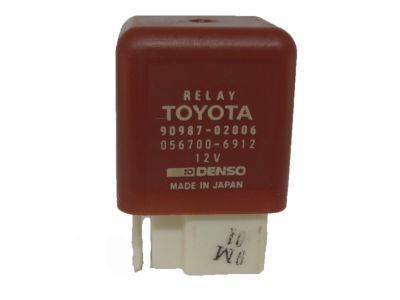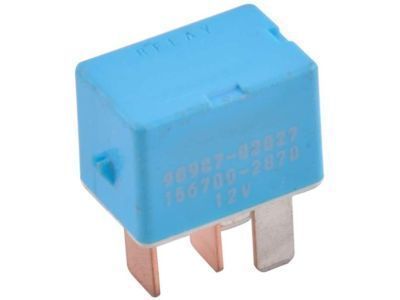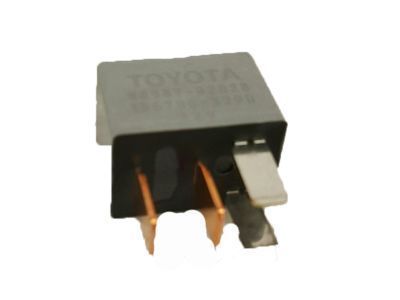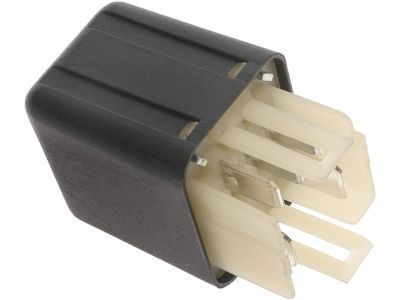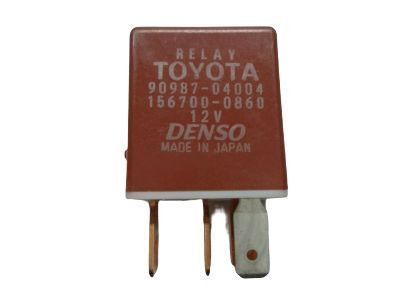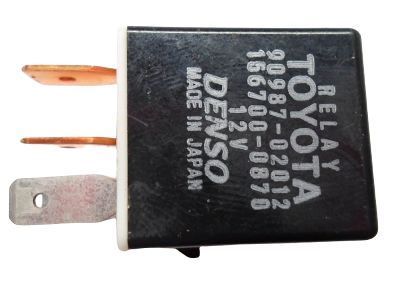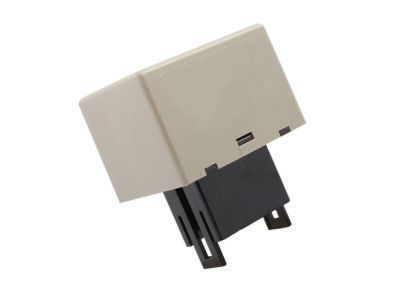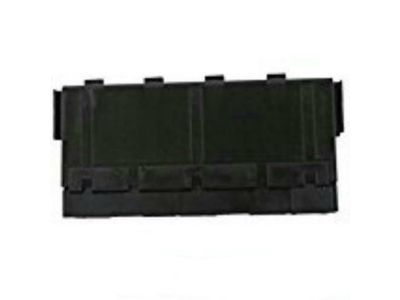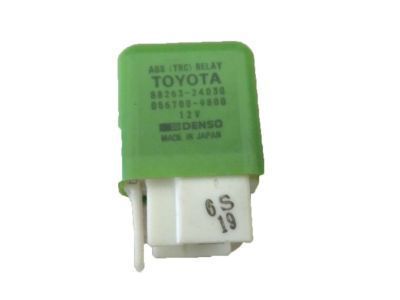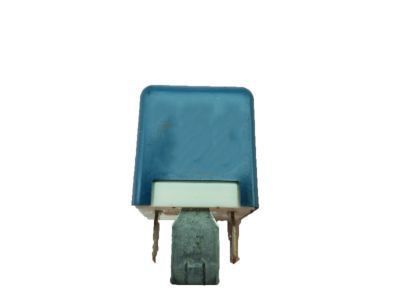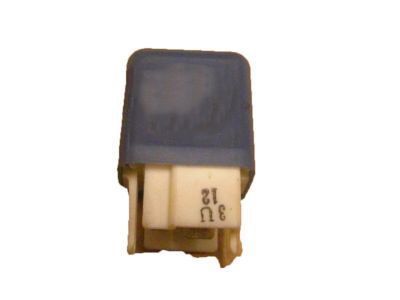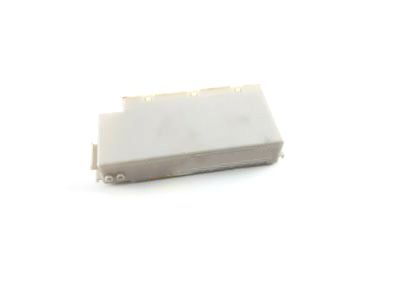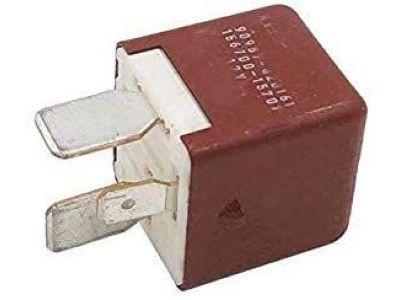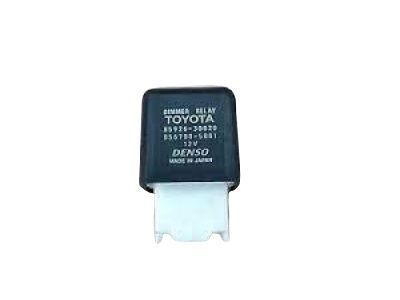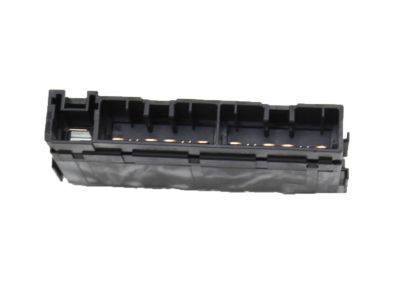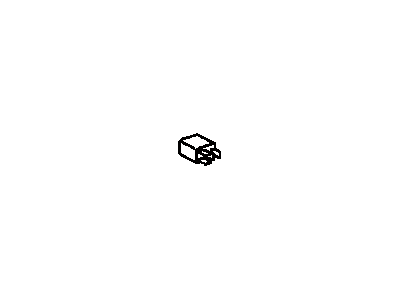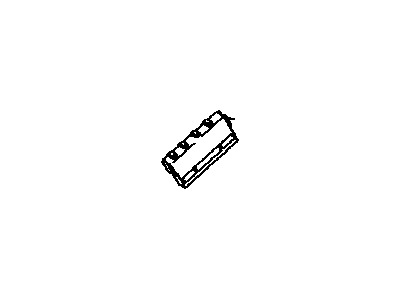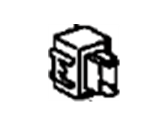×
- Live Chat
- 1-888-905-9199


My Garage
My Account
Cart
Genuine Toyota Prius Relay
Wire Relay- Select Vehicle by Model
- Select Vehicle by VIN
Select Vehicle by Model
orMake
Model
Year
Select Vehicle by VIN
For the most accurate results, select vehicle by your VIN (Vehicle Identification Number).
40 Relays found
Toyota Prius Relay Assembly
Part Number: 90987-02006$16.04 MSRP: $22.42You Save: $6.38 (29%)Ships in 1-3 Business DaysToyota Prius Relay
Part Number: 90987-02027$21.90 MSRP: $30.60You Save: $8.70 (29%)Ships in 1-3 Business DaysToyota Prius Relay Assy, Cooler
Part Number: 90987-02028$78.27 MSRP: $110.33You Save: $32.06 (30%)Ships in 1 Business DayToyota Prius Relay
Part Number: 90987-04002$16.58 MSRP: $23.18You Save: $6.60 (29%)Ships in 1-3 Business DaysToyota Prius Relay
Part Number: 90987-04004$55.36 MSRP: $77.38You Save: $22.02 (29%)Ships in 1 Business DayToyota Prius Relay
Part Number: 90987-02025$64.82 MSRP: $91.37You Save: $26.55 (30%)Ships in 1-3 Business DaysToyota Prius Relay, Acc
Part Number: 90987-02012$89.20 MSRP: $125.73You Save: $36.53 (30%)Ships in 1-3 Business DaysToyota Prius Flasher Assy, Turn Signal
Part Number: 81980-50030$58.89 MSRP: $82.32You Save: $23.43 (29%)Ships in 1-2 Business DaysToyota Prius Relay, Air Conditioner Water Pump
Part Number: 90987-04010$64.82 MSRP: $91.37You Save: $26.55 (30%)Ships in 1 Business DayToyota Prius Relay, Integration
Part Number: 82641-47020$143.17 MSRP: $203.54You Save: $60.37 (30%)Ships in 1-3 Business DaysToyota Prius Relay, Skid Control
Part Number: 88263-24030$59.89 MSRP: $84.42You Save: $24.53 (30%)Ships in 1 Business DayToyota Prius Relay, Skid Control
Part Number: 88263-21010$63.00 MSRP: $88.81You Save: $25.81 (30%)Ships in 1 Business DayToyota Prius Relay, Traction Control
Part Number: 89633-24010$81.08 MSRP: $114.30You Save: $33.22 (30%)Ships in 1-2 Business DaysToyota Prius Relay, Skid Control
Part Number: 88263-24020$57.56 MSRP: $80.45You Save: $22.89 (29%)Ships in 1-2 Business DaysToyota Prius Relay, Integration
Part Number: 82641-47090$157.70 MSRP: $224.20You Save: $66.50 (30%)Ships in 1-3 Business DaysToyota Prius Relay, Cooling Fan
Part Number: 90987-02016$64.82 MSRP: $91.37You Save: $26.55 (30%)Ships in 1-3 Business DaysToyota Prius Relay, Headlamp Dimmer
Part Number: 85926-30020$70.80 MSRP: $99.80You Save: $29.00 (30%)Ships in 1-2 Business DaysToyota Prius Relay, Integration
Part Number: 82641-71010$213.68 MSRP: $306.40You Save: $92.72 (31%)Ships in 1-3 Business DaysToyota Prius Relay, Acc
Part Number: 90987-02020$86.08 MSRP: $121.34You Save: $35.26 (30%)Ships in 1-3 Business DaysToyota Prius Relay, Integration
Part Number: 82641-47010$177.51 MSRP: $254.54You Save: $77.03 (31%)Ships in 1-3 Business Days
| Page 1 of 2 |Next >
1-20 of 40 Results
Toyota Prius Relay
If you are in demand for superior quality and affordable OEM Toyota Prius Relay, then shop with us! We own a wide range of the reduced-priced genuine Toyota Prius Relay. You can purchase in confidence as all parts come with a manufacturer's warranty. Any issues with our products? No need to worry as we have a hassle-free return policy to guide you every step of the way.
Toyota Prius Relay Parts Questions & Experts Answers
- Q: What is the general information and testing procedure for relays on Toyota Prius?A: Some of the electrical fittings in the car include; fuel injection system, horn, starter, and fog lamps which uses relays to send eletrical signals to parts; they feature a low current control circuit to run a high current power circuit. A bad relay will result in the improper functioning of the connected device and majority of relays are usually placed in the fuse and relay compartment of a car engine. If a faulty relay is assumed to be causing the problem it can be withdrawn from use and diagnosed maybe by a specific test or by a servicing outlet. Defective relays have to be replaced in toto ; circuit identification is usually to be found on a label on the top of the relay or, in the case of some boxes, on the inside of the lid. There are some which are involved with the interior fuse box and among them is the starter relay among others. After wiring diagrams have been made, testing is done by ensuring wiring diagram has been well connected; if in doubt more information can be sought. Some of the common relay classifications are basic relay types and their function, normally closed and normally open. Usually terminals 1 and 3 are of control circuit and are connected to the relay coil and terminals 2 and 4 of power circuit. Certain relays may be labeled for control side and power side terminals. To check, attach an ohmmeter between the power circuit terminals; should read no current flow when not powered but when powered, a current flow should be read. With the jumper wires, join one of the control circuit terminal to the positive terminal of the battery, and another end to the negative terminal; the relay should emit a sound as though it has been 'clicked'. If polarity is important, you may have to interchange the jumper wires or use those with appropriate polarity. An indication that relay is defective is if it fails this particular test, then a replacement is necessary.
